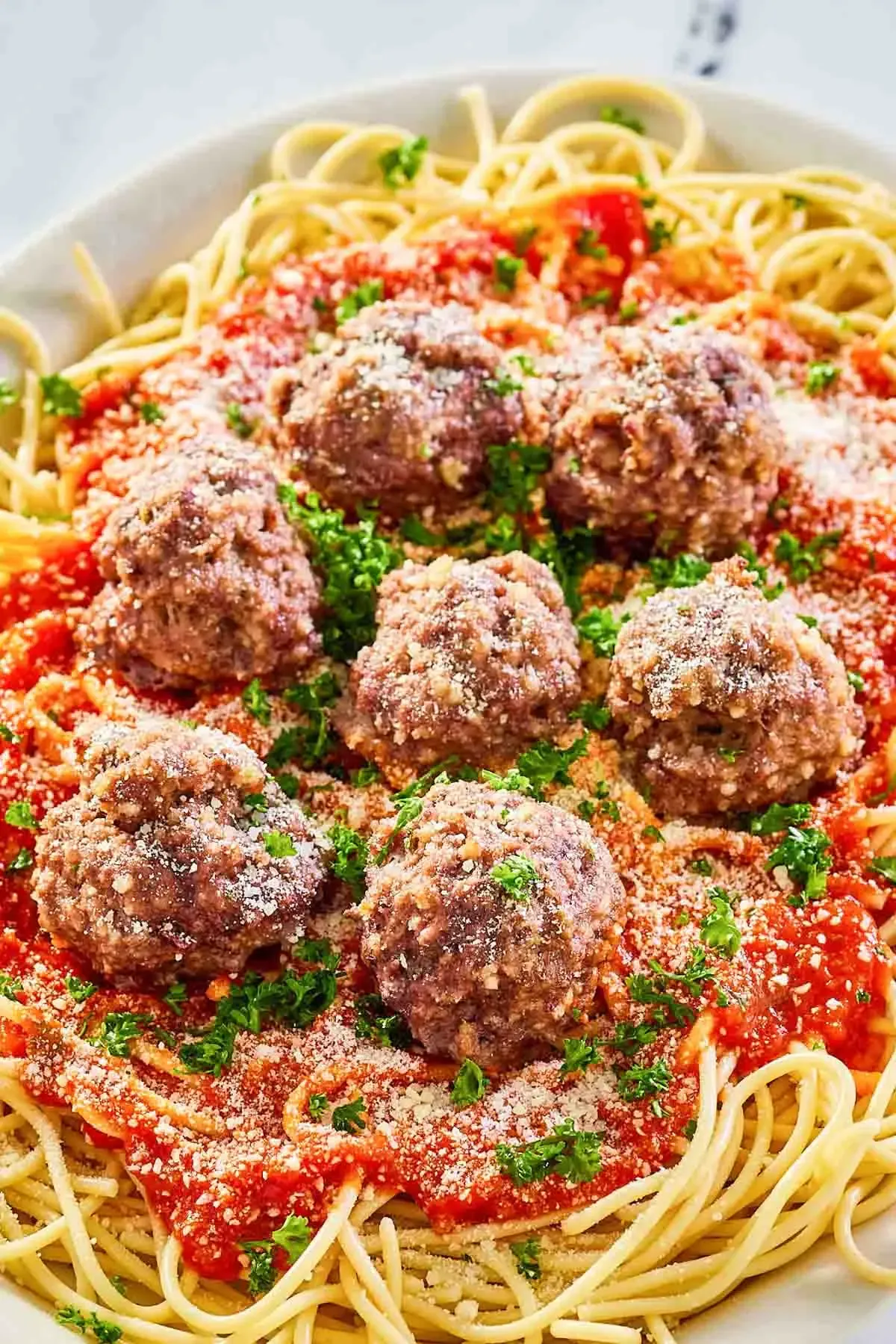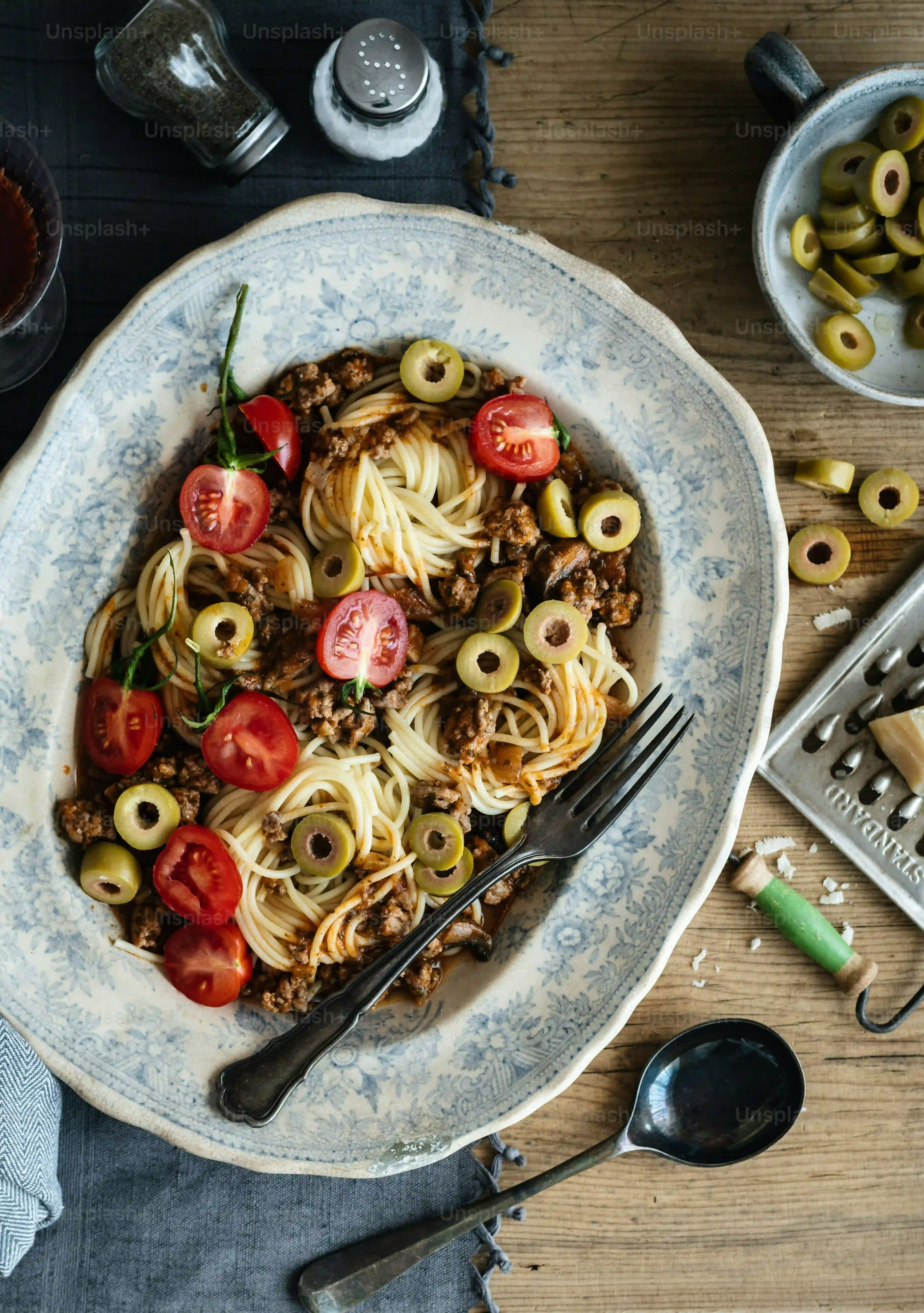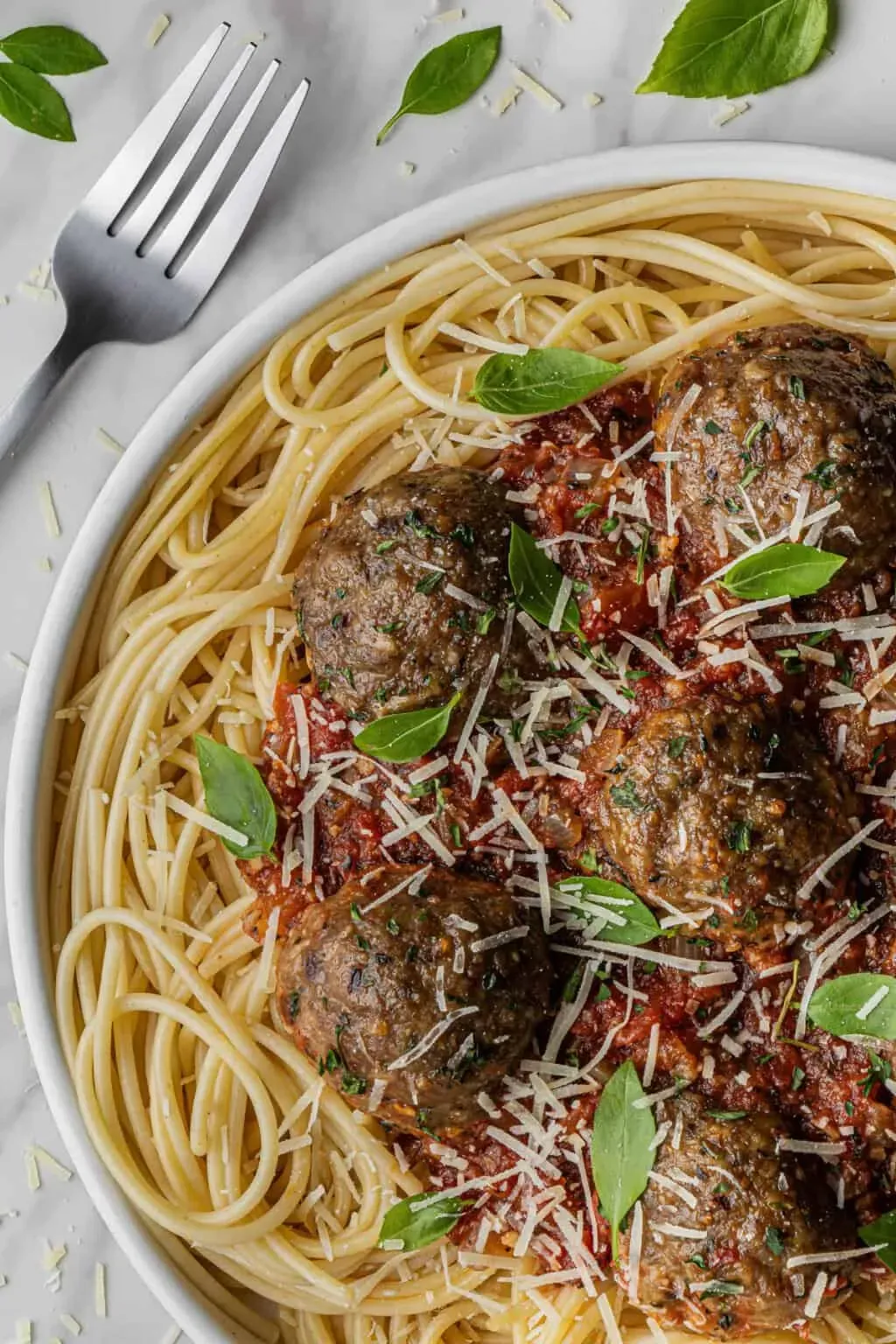Table of Contents
Let's be honest. Sometimes, you just crave that specific taste. The one you get when you walk into an Olive Garden, settle in, and order their classic spaghetti and meatballs. There's a certain comfort in that familiar, hearty dish. But what if you could skip the drive, the wait, and make that exact same, satisfying meal right in your own kitchen? That's where the hunt for the perfect copycat comes in.
Why Everyone Wants the Olive Garden Spaghetti and Meatballs Recipe

Why Everyone Wants the Olive Garden Spaghetti and Meatballs Recipe
Alright, let's talk about the obsession. Why does everyone and their mother seem to be searching for the exact, official, secret-handshake recipe for Olive Garden spaghetti and meatballs? It’s not just spaghetti and meatballs, is it? It’s the whole experience – the bottomless salad and breadsticks that get you hyped, followed by that big, comforting bowl. There's something about those specific, tender meatballs and that rich, slightly sweet sauce that hits a nostalgic spot for a lot of people. You know exactly what you're getting, and sometimes, that predictability is exactly what you crave. Recreating that reliable comfort food at home feels like a win, like you've unlocked a minor life hack, especially when you're trying to save a few bucks or just don't feel like putting on actual pants to go out.
Crafting Your Copycat Olive Garden Spaghetti and Meatballs

Crafting Your Copycat Olive Garden Spaghetti and Meatballs
Getting the Meatballs Right: It's More Than Just Meat
let's dive into the heart of the matter: the meatballs. This isn't just throwing ground beef into a bowl and rolling some balls. Olive Garden's meatballs have a specific texture – they're tender, not dense like cannonballs, and packed with flavor. The secret isn't just the meat itself (though a mix of beef, pork, and maybe veal is a good start), it's the binder and the flavorings. Think breadcrumbs, milk, eggs, and a generous amount of Parmesan cheese. Garlic, onion, and Italian herbs are non-negotiable. The goal is a mix that's moist but holds together, not a dry crumbly mess or a sloppy puddle. You mix gently, you don't overwork it, and you certainly don't pack them like you're trying to win a strongman competition.
Building the Sauce Foundation: Layers of Flavor
Now, the sauce. Nobody wants bland tomato paste dumped on pasta. The Olive Garden sauce, while not some ancient family secret, has a specific profile: it's tomato-forward, a little sweet, and has those classic Italian-American flavors. This means starting with a good base. Sautéing garlic and onion in olive oil is step one – build that aromatic foundation. Crushed tomatoes are your main character, but adding tomato paste concentrates that flavor. A pinch of sugar often helps balance the acidity of the tomatoes, a common trick in many restaurant sauces. Don't forget your herbs, fresh or dried, like basil, oregano, and maybe a bay leaf or two to simmer. Let it cook low and slow; that's where the magic happens, allowing the flavors to meld into something more than the sum of their parts.
- Key Meatball Ingredients:
- Ground Beef (80/20 usually works well)
- Ground Pork (adds moisture and flavor)
- Breadcrumbs (plain or Panko)
- Milk
- Eggs
- Parmesan Cheese
- Garlic & Onion (finely minced)
- Italian Herbs (oregano, basil, parsley)
- Salt & Pepper
Simmering the Sauce and Perfecting Your Plate

Simmering the Sauce and Perfecting Your Plate
Letting Flavors Mingle: The Simmering Game
you've got the sauce base simmering. Don't just walk away and expect magic to happen in five minutes. This is where patience pays off. A good sauce needs time for all those individual flavors – the bright tomato, the sharp garlic, the earthy herbs – to get to know each other and become one harmonious entity. Low and slow is the mantra here. Keep the heat gentle, just a bare simmer, and let it bubble away, uncovered or partially covered, for at least 30 minutes, maybe even an hour. As it simmers, it reduces slightly, concentrating that delicious tomato goodness. Stir it occasionally so the bottom doesn't decide to become one with the pot. Taste it as it cooks and adjust seasonings – maybe a little more salt, a crack of black pepper, or even a tiny pinch more sugar if the tomatoes are particularly acidic.
While the sauce does its thing, consider your meatballs. You can cook them separately – baking is a cleaner option than frying and keeps them tender – or you can gently drop them into the simmering sauce to finish cooking. Cooking them directly in the sauce infuses them with flavor and helps thicken the sauce slightly. Just don't overcrowd the pot. Give them space to swim. This simmering step for both the sauce and the meatballs is crucial for that deep, developed flavor profile that makes the Olive Garden version so comforting. It's not rocket science, but it requires you to actually *simmer* it, not just warm it up.
- Simmering Checklist:
- Keep heat low and gentle.
- Simmer for at least 30-60 minutes.
- Stir occasionally to prevent sticking.
- Taste and adjust seasoning as it cooks.
- Add cooked or raw meatballs to finish in sauce.
Plating Your Masterpiece: More Than Just Dumping Pasta
So, the sauce is rich, the meatballs are tender, and your kitchen smells like an actual Italian nonna lives there. Now comes the easy part, right? Just boil some spaghetti and dump the sauce on top? Not quite. Perfecting your plate involves a little care. Cook your spaghetti al dente – that means cooked through but still with a little bite. Nobody wants mushy pasta. Drain it, but don't rinse it; the starch helps the sauce cling. You can even toss the drained pasta directly into the pot with the sauce and meatballs and give it a gentle stir. This coats every strand and integrates the pasta with the sauce, rather than having sauce just sit on top like a hat.
Serve it up hot. A generous portion of spaghetti coated in sauce, topped with those perfect meatballs. Don't be shy with the Parmesan cheese; a good sprinkle is essential. A little fresh basil or parsley chopped on top adds a pop of color and freshness. This isn't just food; it's comfort in a bowl. Taking a moment to make the plate look appealing enhances the whole eating experience. You've put in the work to make this recipe for olive garden spaghetti and meatballs sing, so present it like the star it is.
Tips for Your Best Recipe for Olive Garden Spaghetti and Meatballs

Tips for Your Best Recipe for Olive Garden Spaghetti and Meatballs
Don't Skimp on Ingredient Quality
Look, you can't make gold out of lead. If you want your homemade version to truly rival the restaurant, you need decent ingredients. That doesn't mean you need to mortgage your house for San Marzano tomatoes, but grab a good quality crushed tomato. The flavor difference between a generic can and a slightly better one is noticeable in a sauce that's this simple. Same goes for the meat. Using the cheapest ground beef will give you greasy, less flavorful meatballs. A blend of beef and pork adds richness and keeps things moist. Think of it as an investment in your dinner happiness.
Master the Gentle Touch with Meatballs
This is crucial for tender meatballs. Overmixing the meat mixture is a one-way ticket to rubbery, dense balls of sadness. Mix just until everything is combined. When you roll them, be gentle. Don't pack them like you're forming a snowball for a fight you intend to win. A light touch keeps them airy and tender on the inside. And if you're cooking them in the sauce, don't stir too vigorously, or they might break apart, turning your beautiful meatballs into chunky meat sauce. Patience and a gentle hand yield superior results for your recipe for olive garden spaghetti and meatballs.
- Meatball Mistakes to Avoid:
- Using only lean ground beef (adds dryness)
- Overmixing the meat (leads to toughness)
- Packing the meatballs too tightly (makes them dense)
- Frying at too high heat (burns outside, raw inside)
- Stirring sauce too hard with meatballs in it (they break apart)
Let Everything Rest Before Serving
Just like a good steak, your sauce and meatballs benefit from a little downtime. Once the sauce has simmered and the meatballs are cooked through, turn off the heat and let it sit for 5-10 minutes. This allows the flavors to settle and deepen even further. It also gives the meatballs a chance to absorb more of that delicious sauce. Serving immediately is fine, but a short rest period elevates the final product. It's a small step, but it makes a difference in achieving that comforting, well-rounded taste you're aiming for with this recipe for olive garden spaghetti and meatballs.
Your Homemade Olive Garden Classic Awaits
So there you have it. No need to brave the crowded parking lot or wait for a table. You've got the tools and the know-how to bring that familiar comfort food straight to your dining room. It might take a couple of tries to get it exactly how you like it – that's cooking, after all – but the result is a plate of spaghetti and meatballs that tastes remarkably like the one you'd get under the Tuscan sun (or, you know, under the fluorescent lights). Enjoy the fruits of your labor; they're best shared, preferably with some garlic bread you also probably made yourself.